She took up photography aged 60, and is now exhibiting at the Venice Biennale
Sandra Cattaneo Adorno is a relative latecomer to photography has certainly been making up for any lost time
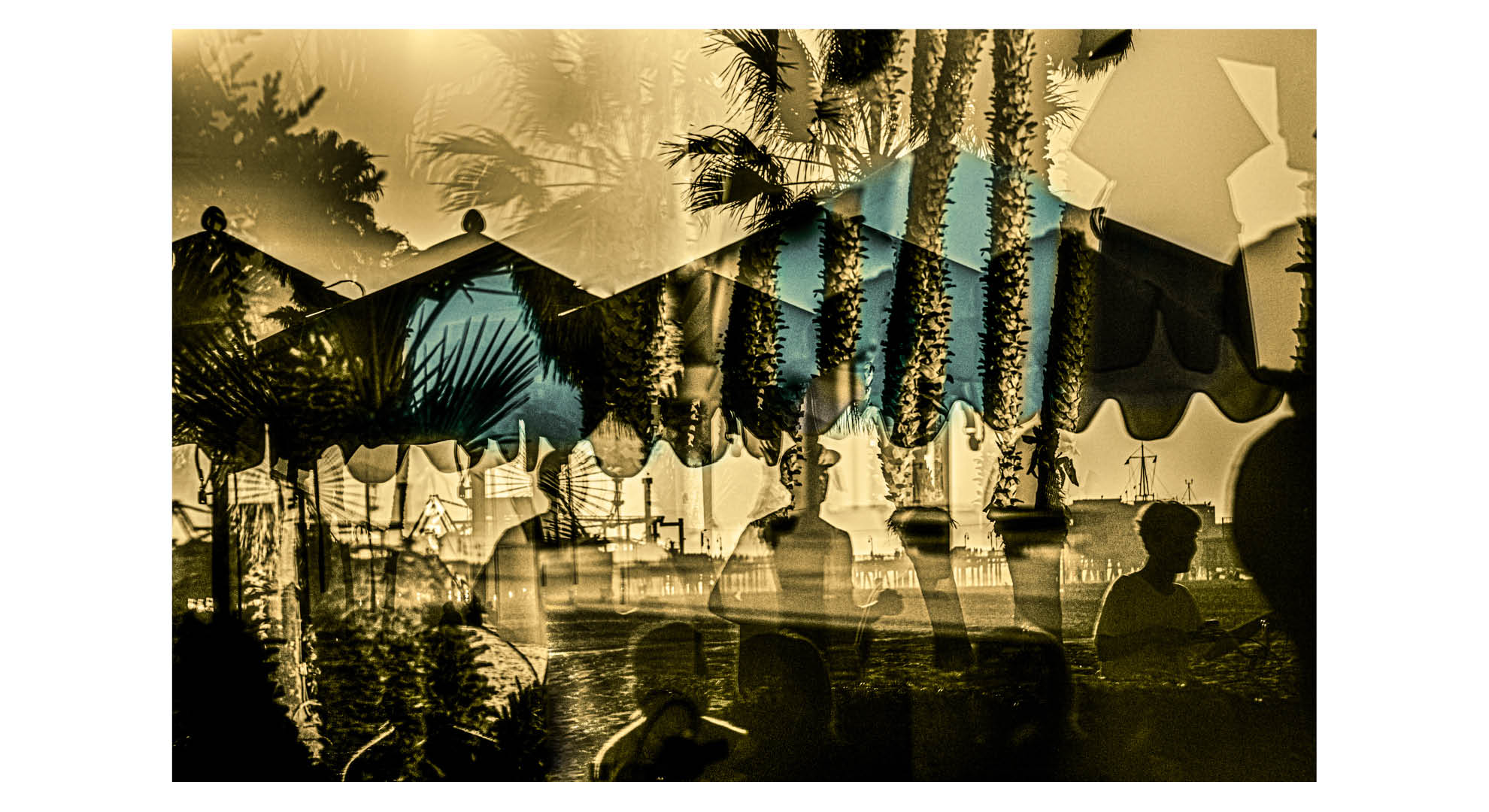
Brazilian photographer Sandra Cattaneo Adorno took up photography at the age of 60 and is fascinated by how the medium shapes the way we see and remember life.
Having grown up in Rio de Janeiro during the 1950s and 1960s, Cattaneo Adorno spent her childhood in Ipanema, just as bossa nova music started to capture the global imagination.
Returning to the landscape of her childhood in 2018 to create ‘Águas de Ouro‘ (“waters of gold” in Portuguese), Cattaneo Adorno’s photographs evoke the same bittersweet yearning with which the classic song ‘The Girl from Ipanema’ by Antônio Carlos Jobim and Vinícius de Moraes charmed the world 60 years ago.
Cattaneo Adorno began collaging otherwise unrelated images from her archive to create her newest work, ‘Scarti di Tempo‘, which means both “time discrepancy” and “scraps of time” in Italian.
Now, with work from ‘Águas de Ouro‘ and ‘Scarti di Tempo‘ appearing in her first solo exhibition, at the sixth edition of ‘Personal Structures‘, which runs parallel to the 59th Venice Biennale, we caught up with Cattaneo Adorno to find out more about her photography practice and how she is creating a new path as an older woman in a culture that venerates youth – and especially at a time when many people of her age are beginning to slow down…

Where did your love for photographing people in public and on the streets first begin?
I started photographing eight years ago, when my daughter took me to my first photography class as a present for my 60th birthday. It was the summer of 2013, and the course was given by Alex Webb and Rebecca Norris Webb in Barcelona.
Get the Digital Camera World Newsletter
The best camera deals, reviews, product advice, and unmissable photography news, direct to your inbox!
“Oh God,” I replied to my daughter Gwen when she asked me to go, but I went for the fun of it. I had no idea how to use the camera and I was obviously the worst in the class, but for some reason I don’t know, I really found it fascinating. It was very funny. I had never thought of doing photography, but something just clicked and I loved it.
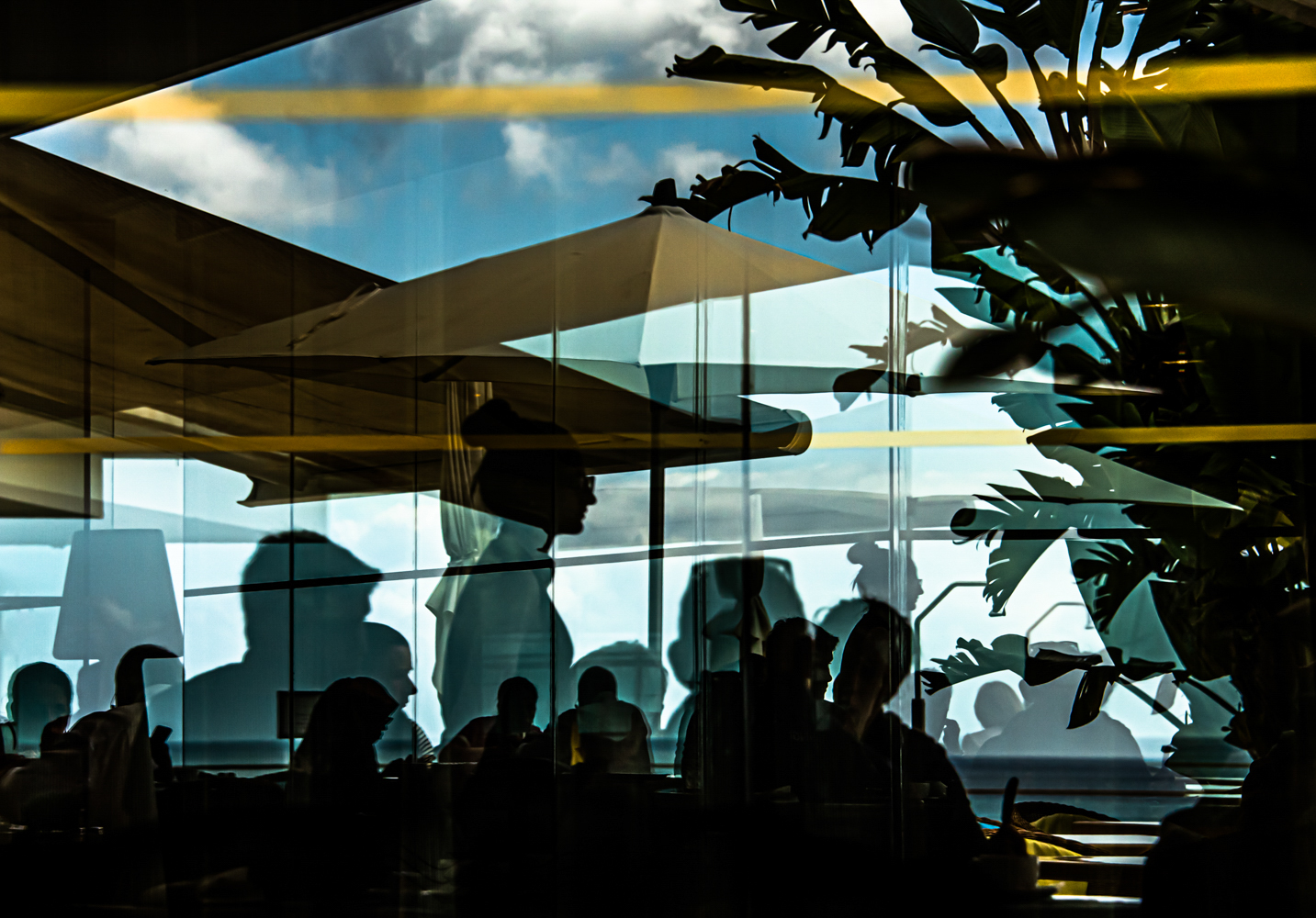
Your images have such a consistent look. What is your favorite type of light to shoot in?
Visually, I am drawn to strong light and bold colors. I love the way strong light and harsh contrast transform a scene and layer it with mystery as much as I appreciate the strength of bold colors and the immediacy with which they can communicate emotions. I enjoy photographing in strong light because of the way it transforms the scene and loads the images with poetry and mystery through very graphic effects.
I also enjoy the light at sunset because of its soft golden tones and the long shadows it creates. In my book on Ipanema, ‘Águas de Ouro‘, the golden light was the predominant visual element, whereas for my new book, ‘Scarti di Tempo‘, I played with reflections and colors to enhance the mystery and mood of the scene.
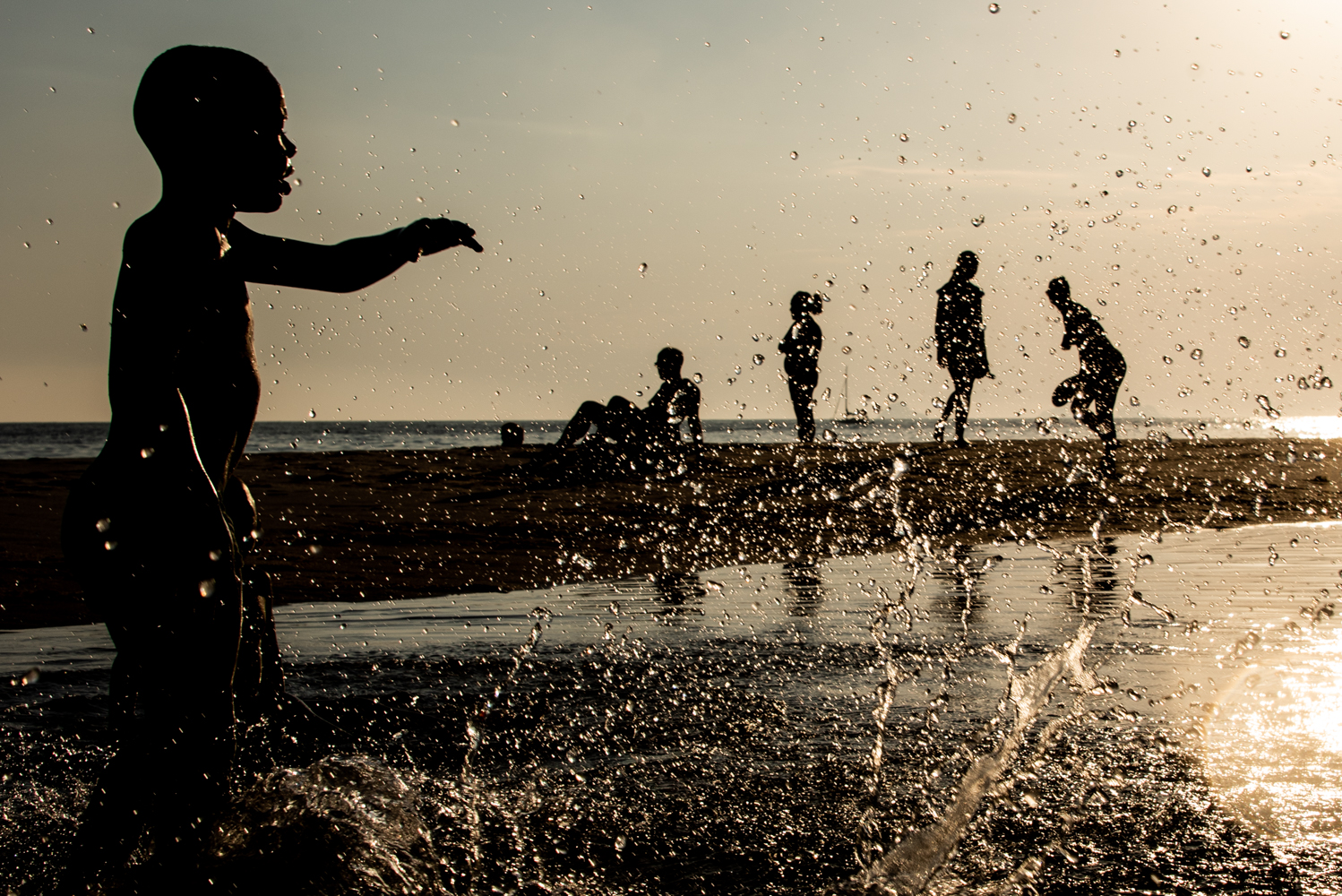
How do you remain so undetected by the people you photograph?
I normally use a zoom lens, which allows me to photograph people from a distance and be undetected. I think being a woman helps, too, as people might feel less threatened by me, and they might accept my presence more than that of a male photographer.
While photographing on Ipanema for ‘Águas de Ouro‘, I got closer to people and noticed that some of them were a little self-conscious at the beginning, but then carried on doing whatever they were doing without paying too much attention to me.
Some other times, people were probably wondering what I was doing taking pictures of windows of shops and restaurants, and didn’t even realise I was capturing their reflections!
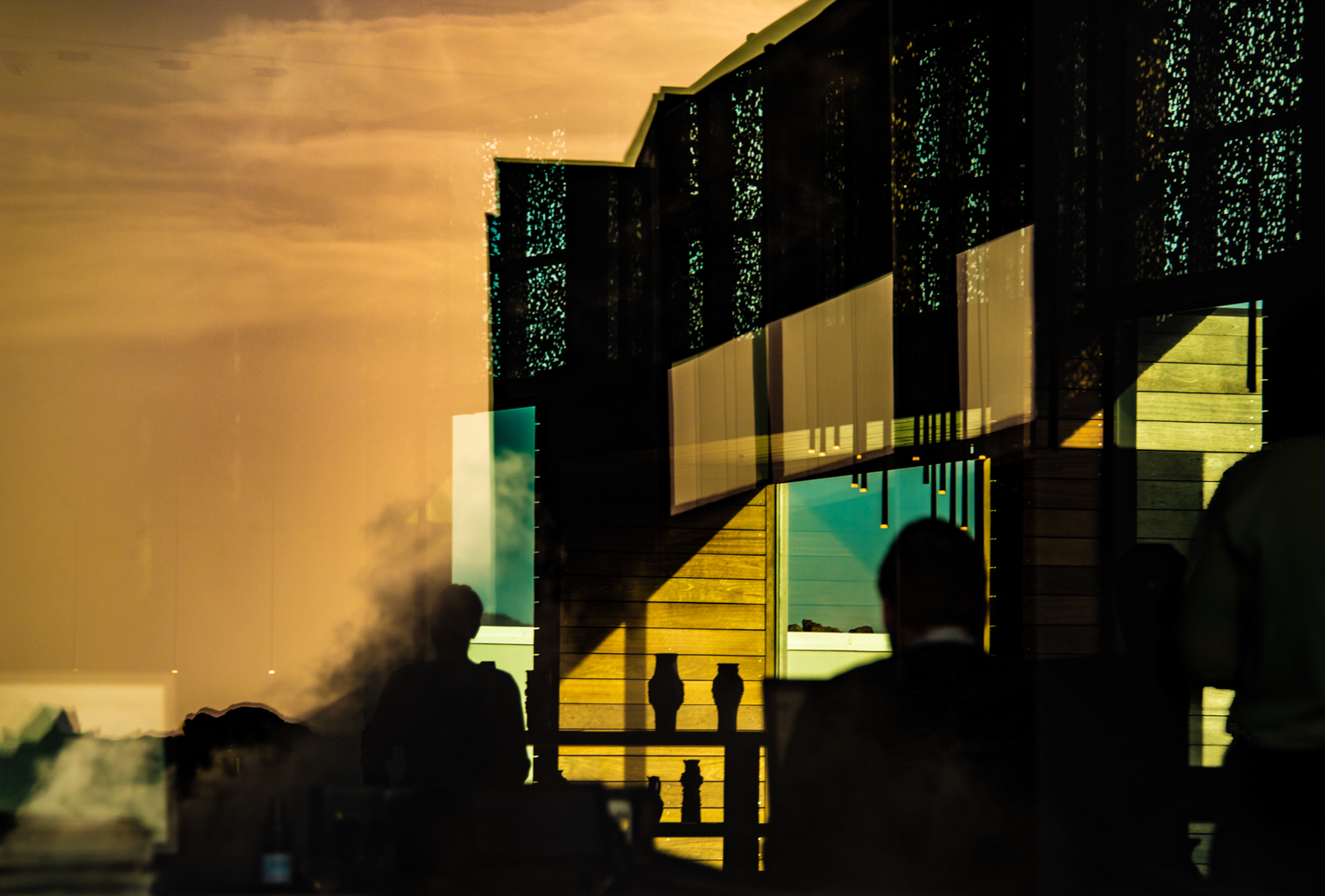
If you could carry one lens around for the day, which would it be?
I am drawn to situations both close to me and in the distance, so I use a 28-300mm zoom lens, which gives me a lot of flexibility. I feel comfortable using this lens, as I know what it can and cannot do, so photographing with it has become automatic. I can then be attentive to the scene around me and be more ready to capture moments.
Many of your photographs have quite an abstract feel, with slow shutter speeds, reflections and so on. Is this something you enjoy trying?
For me, a photograph is good not because of what is in the frame, but because of where it takes you. I think this is one of the most beautiful things about photography: to evoke feelings and situations in a way that is unconscious and a bit magical.
I do not have control over where the photos might take the viewers, so I think of my images as open-ended and free to be interpreted.
That is why I try to increase the enigmatic quality of my photographs by experimenting with reflections and creating abstract images. The photos in ‘Scarti di Tempo‘ are mostly reflections and composites for this reason.
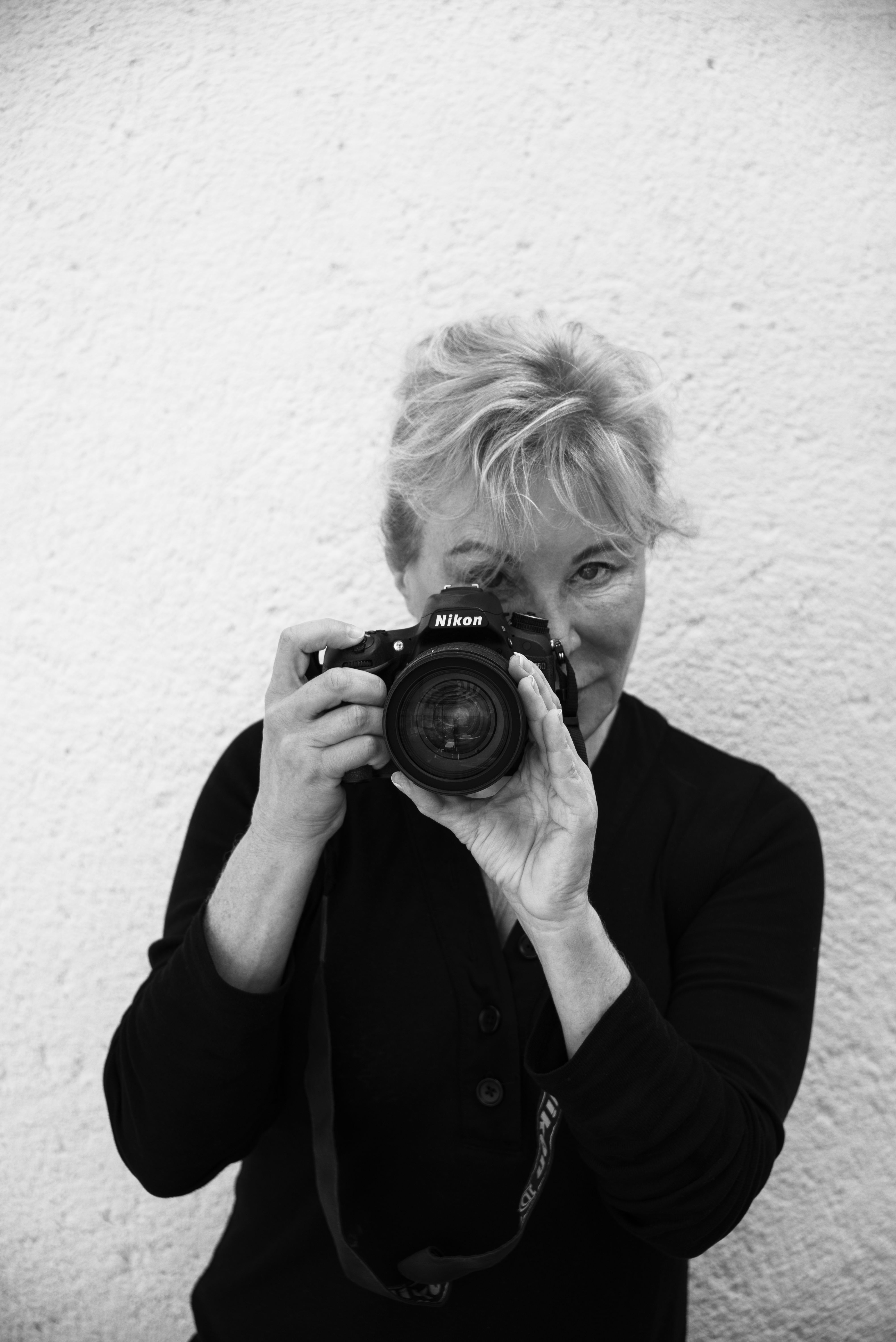
What advice would you give to someone going out to shoot on the streets for the very first time?
To follow the light and don’t be afraid to make mistakes. I think that often, people put too much pressure on themselves when photographing, and almost forget that being on the streets looking for that special moment is an immense joy.
I know it can be tiring and frustrating at times, but witnessing the beauty and poetry of the world, framing it with your own personal vision and sharing it with other people are gifts that we should never take for granted.
• Sandra Cattaneo Adorno’s first solo exhibition is on now, at the sixth edition of ’Personal Structures’, which runs parallel with the 59th Venice Biennale until 27 November 2022.
Cattaneo Adorno’s monographs ’Águas de Ouro’ and ’Scarti di Tempo’ are published by Radius Books.
www.sandracattaneoadorno.com/aguas-de-ouro
Digital Camera World is the world’s favorite photography magazine. Every issue is packed with the latest news, reviews, tutorials, expert buying advice, tips and inspiring images. Plus, every issue comes with a selection of bonus gifts of interest to photographers of all abilities.
Read more
Five creative and abstract photography tips

Niall is the editor of Digital Camera Magazine, and has been shooting on interchangeable lens cameras for over 20 years, and on various point-and-shoot models for years before that.
Working alongside professional photographers for many years as a jobbing journalist gave Niall the curiosity to also start working on the other side of the lens. These days his favored shooting subjects include wildlife, travel and street photography, and he also enjoys dabbling with studio still life.
On the site you will see him writing photographer profiles, asking questions for Q&As and interviews, reporting on the latest and most noteworthy photography competitions, and sharing his knowledge on website building.

